As someone who’s been in the materials industry for over a decade, I’ve seen firsthand how Thermoplastic Elastomers (TPE) have transformed the way products are designed and manufactured. These tiny granules, often overlooked, are a game-changer in industries ranging from automotive to healthcare. If you’re wondering what TPE raw material granules can do, you’re in the right place. Let’s dive into the world of TPE, explore its versatility, and uncover why it’s such a big deal for product developers, designers, and manufacturers.
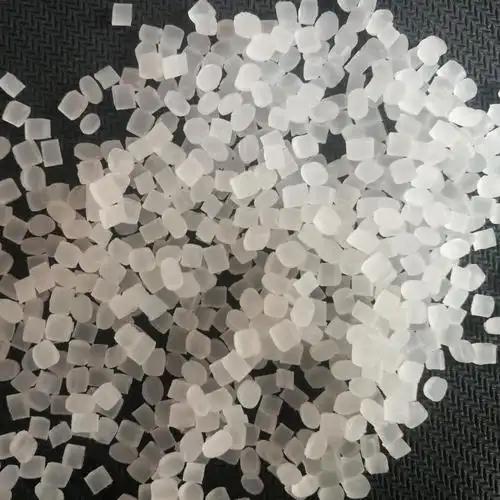
Understanding TPE: What Makes It Special?
TPE is a unique material that blends the flexibility and elasticity of rubber with the processability of plastics. Unlike traditional rubber, which requires complex curing processes, TPE granules can be melted, molded, and reshaped multiple times without losing their properties. This recyclability, combined with their rubber-like feel, makes them incredibly versatile.
When I first started working with TPE, I was amazed by how these small, unassuming pellets could be transformed into everything from soft-touch grips to durable automotive seals. The magic lies in their composition: a mix of hard and soft phases. The hard phase, typically made of materials like polypropylene or styrene, provides structural integrity, while the soft phase, often composed of elastomers like butadiene, gives TPE its stretchy, resilient nature.
Key Characteristics of TPE Granules
Before we get into specific applications, let’s break down what makes TPE granules so special:
Elasticity and Flexibility: TPE can stretch significantly and return to its original shape, mimicking rubber’s resilience.
Thermoplastic Behavior: It can be melted and reshaped, making it ideal for injection molding and extrusion.
Recyclability: Unlike thermoset rubbers, TPE can be reprocessed, reducing waste and costs.
Wide Hardness Range: Available from ultra-soft (Shore A 00) to semi-rigid (Shore A 95).
Chemical Resistance: Many TPE formulations resist oils, solvents, and UV radiation, making them durable in harsh environments.
These properties open up a world of possibilities, which I’ve seen play out in countless projects over the years.
Applications of TPE Granules Across Industries
TPE granules are used in an astonishing variety of applications. Below, I’ll walk you through some of the key industries where TPE shines, based on my experience working with manufacturers and designers.
1. Automotive Industry
The automotive sector is one of the biggest users of TPE. From the moment I started consulting for automotive manufacturers, I noticed how TPE granules were everywhere—under the hood, in the interior, and even on the exterior. Here’s how they’re used:
Seals and Gaskets: TPE’s flexibility and chemical resistance make it perfect for weather seals and gaskets that need to withstand heat, oil, and UV exposure.
Interior Components: Soft-touch dashboards, gearshift knobs, and door handles often use TPE for a premium feel and durability.
Exterior Parts: Bumpers and protective moldings benefit from TPE’s impact resistance and weatherability.
In one project, I worked with a car manufacturer to replace traditional rubber seals with TPE-based ones. The result? A 20% reduction in production time and a significant cost saving due to TPE’s recyclability.
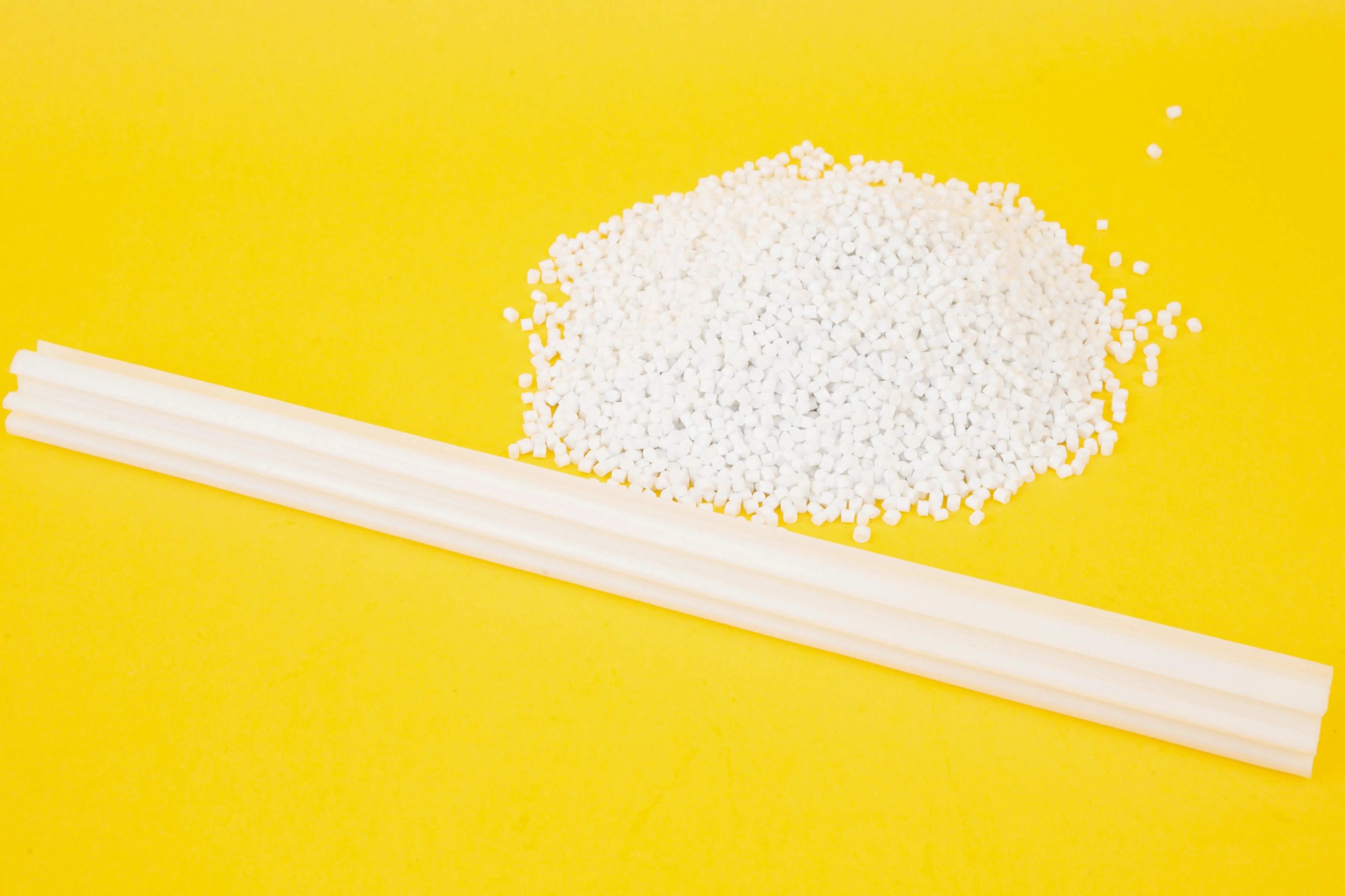
2. Medical and Healthcare
TPE’s biocompatibility and flexibility make it a go-to material in the medical field. Over the years, I’ve seen it used in:
Medical Tubing and Catheters: TPE’s softness and sterilizability ensure it’s safe for patient contact.
Wearable Devices: Think fitness trackers or smartwatches with comfortable, skin-friendly bands.
Syringe Stoppers: TPE’s elasticity ensures a tight seal while being easy to mold.
I once collaborated with a medical device company to develop TPE-based tubing for IV lines. The material’s clarity and flexibility made it ideal for ensuring fluid flow while meeting strict FDA regulations.
3. Consumer Goods and Electronics
Walk into any store, and you’ll see TPE everywhere. From phone cases to toothbrush grips, TPE granules are behind the soft, grippy textures we love. Some examples include:
Soft-Touch Grips: Handles on tools, pens, and razors use TPE for comfort and grip.
Wearable Electronics: TPE’s lightweight and flexible nature is perfect for smartwatch bands and earbud tips.
Seals in Electronics: Waterproof seals in portable speakers and smartphones often rely on TPE.
I remember working with a startup designing a new fitness tracker. They chose TPE for the band because it could be colored vibrantly, felt great on the skin, and was recyclable—a win for both users and the environment.
4. Industrial and Construction
In industrial settings, TPE’s durability and chemical resistance come into play. Applications include:
Hoses and Belts: TPE replaces traditional rubber in hoses that need to flex without cracking.
Wire Insulation: Its electrical insulation properties make it ideal for cable jacketing.
Construction Membranes: TPE’s weather resistance is perfect for roofing membranes.
I once advised a construction company switching to TPE-based roofing membranes. The material’s UV resistance and lightweight nature made it a cost-effective alternative to traditional materials, with easier installation.
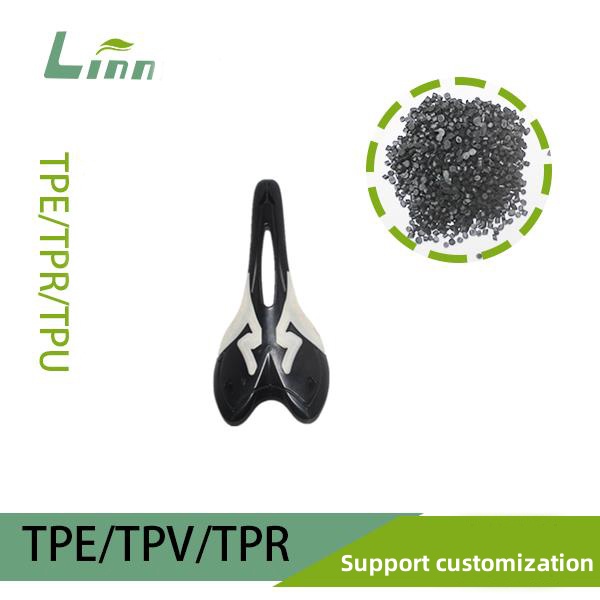
5. Footwear and Sports Equipment
TPE is a favorite in the footwear industry for its ability to create lightweight, durable, and flexible soles. It’s also used in:
Shoe Soles: TPE provides cushioning and grip for athletic shoes.
Sports Equipment: Grips on golf clubs, bike handles, and yoga mats often use TPE.
Protective Gear: Its impact resistance makes it ideal for padding in helmets and guards.
Working with a footwear brand, I saw how TPE allowed them to create soles that were not only comfortable but also recyclable, aligning with their sustainability goals.
Comparison Table: TPE vs. Traditional Rubber
To give you a clearer picture, here’s a table comparing TPE with traditional thermoset rubber, based on my observations in the field:
|
Property |
TPE |
Traditional Rubber |
Best Use Case |
|---|---|---|---|
|
Elasticity |
High, rubber-like |
High, but requires curing |
Flexible components, seals |
|
Processability |
Easy (injection molding, extrusion) |
Complex (vulcanization needed) |
High-volume production |
|
Recyclability |
Fully recyclable |
Limited, often single-use |
Sustainable products |
|
Cost |
Lower due to faster processing |
Higher due to curing processes |
Cost-sensitive applications |
This table highlights why TPE is often the preferred choice for manufacturers looking to balance performance and cost.
How TPE Granules Are Processed
One of the reasons I love working with TPE is how easy it is to process. The granules are typically supplied as small, spherical pellets, which are fed into machines for:
Injection Molding: TPE is heated to 160-250°C, melted, and injected into molds to create precise parts.
Extrusion: Used for continuous shapes like tubing or seals, where TPE is pushed through a die.
Blow Molding: Ideal for hollow parts like bottles or containers.
Overmolding: TPE can be molded over rigid plastics, creating soft-touch surfaces on products like tool handles.
In my experience, the ability to use standard plastic processing equipment makes TPE a favorite among manufacturers. I’ve seen factories reduce cycle times by up to 30% compared to rubber processing, which translates to significant cost savings.
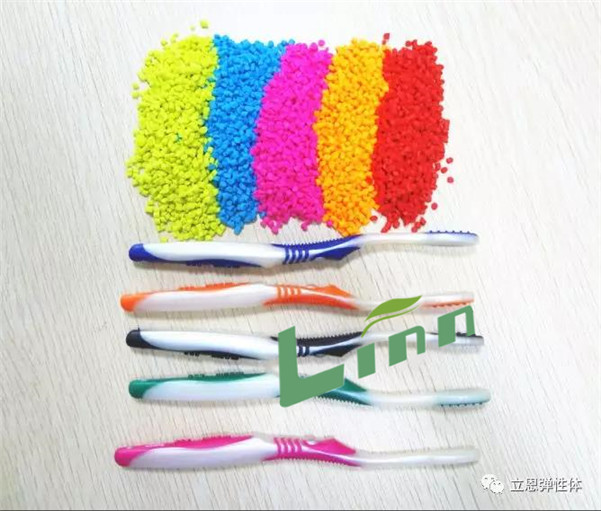
Advantages of Using TPE Granules
Over the years, I’ve seen TPE win over manufacturers for several reasons:
Cost-Effectiveness: Faster processing and recyclability lower production costs.
Design Flexibility: TPE can be colored, textured, or formulated to specific hardness levels.
Sustainability: Its recyclability supports eco-friendly manufacturing.
Versatility: From ultra-soft to semi-rigid, TPE can be tailored to almost any application.
However, it’s not perfect. TPE’s heat resistance is limited compared to silicone or thermoset rubber, so it’s not ideal for high-temperature applications (above 120-200°C, depending on the formulation). It can also be more expensive than basic rubbers in some cases, but the trade-off is often worth it for the processing advantages.
Innovations in TPE: What’s Next?
The TPE industry is constantly evolving, and I’m excited about the innovations I’ve seen in recent years:
Bio-Based TPEs: Made from renewable resources like corn starch, these reduce reliance on petroleum-based materials.
High-Performance TPEs: New formulations can withstand higher temperatures or extreme conditions, expanding their use in aerospace and industrial applications.
3D Printing: TPE filaments are gaining popularity for flexible prototyping and production.
I recently worked with a company experimenting with bio-based TPE for packaging. The material not only met performance requirements but also appealed to environmentally conscious consumers, giving the brand a competitive edge.
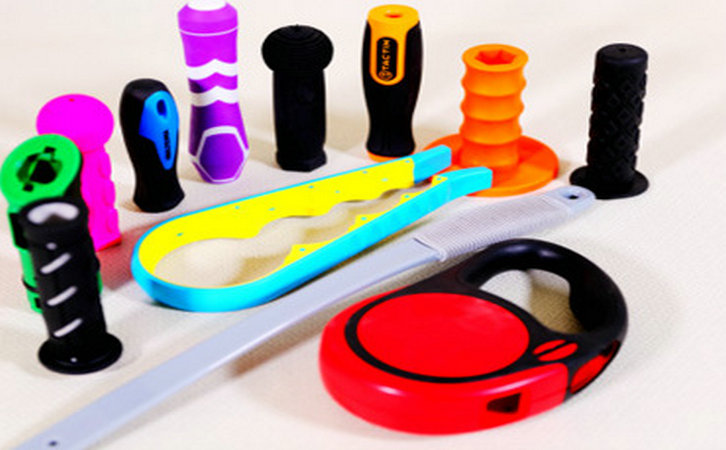
Practical Tips for Using TPE Granules
If you’re considering TPE for your project, here are some tips based on my experience:
Choose the Right Type: Different TPEs (like TPU, TPV, or SBC) have unique properties. For example, TPU is great for abrasion resistance, while TPV excels in heat resistance.
Test for Compatibility: Ensure the TPE formulation resists the chemicals or environmental conditions your product will face.
Work with Experts: Consult with material scientists to customize TPE for your specific needs, especially for medical or high-performance applications.
Consider Processing Conditions: TPE’s sensitivity to shear and temperature means precise control is crucial during molding.
In one project, a client struggled with TPE parts sticking to molds. After adjusting the cooling rate and mold release agents, we achieved flawless parts, saving weeks of troubleshooting.
Environmental Impact and Sustainability
One of the reasons I’m passionate about TPE is its sustainability. Unlike thermoset rubbers, TPE can be recycled multiple times without significant degradation. Scrap material from production can be reprocessed, and post-consumer TPE products can often be recycled under Plastic Recycling Code 7. This aligns with the growing demand for eco-friendly materials, which I’ve seen become a priority for many companies.
For example, I worked with a consumer goods manufacturer to incorporate recycled TPE into their product line. The result was a 15% reduction in material costs and a marketing boost from their “green” initiative.
Challenges and Limitations
While TPE is versatile, it’s not a one-size-fits-all solution. In my experience, some challenges include:
Temperature Limitations: TPE softens at high temperatures, making it unsuitable for applications like oven components.
Cost: Certain high-performance TPEs can be pricier than basic rubbers.
Shear Sensitivity: Improper processing can degrade TPE’s properties, requiring careful control.
I once saw a project fail because the team used a TPE formulation not suited for outdoor exposure. After switching to a UV-resistant SEBS-based TPE, the product performed flawlessly.

Conclusion: Why TPE Granules Are a Game-Changer
After years in the industry, I can confidently say that TPE granules are one of the most exciting materials out there. Their ability to combine rubber-like flexibility with plastic-like processability opens up endless possibilities for innovation. Whether you’re designing a car part, a medical device, or a consumer product, TPE offers the performance, cost savings, and sustainability that modern industries demand. The next time you pick up a soft-touch phone case or step on a cushioned shoe sole, chances are TPE granules are behind it, quietly revolutionizing the way we make things.
Related Questions and Answers
Q: What’s the difference between TPE and TPR?
A: TPE (Thermoplastic Elastomer) is a broad category that includes various types like TPU, TPV, and SBC. TPR (Thermoplastic Rubber) is often a subset of TPE, typically based on SEBS, with slightly softer and more flexible properties. TPE is more versatile, while TPR is often used for softer applications like grips or footwear.
Q: Can TPE be used in high-temperature environments?
A: Some TPEs, like TPV or high-performance TPU, can handle temperatures up to 150-200°C, but most standard TPEs soften above 120°C. For extreme heat, silicone or thermoset rubber might be better.
Q: Is TPE safe for medical applications?
A: Yes, certain TPE formulations are biocompatible and meet FDA or other regulatory standards, making them suitable for medical tubing, catheters, and wearable devices.
Q: How eco-friendly is TPE?
A: TPE is highly recyclable, and bio-based TPEs made from renewable resources are gaining traction. Its ability to be reprocessed reduces waste compared to thermoset rubbers.
Q: What industries benefit most from TPE?
A: Automotive, medical, consumer goods, electronics, and construction are among the top industries using TPE for its flexibility, durability, and cost-effective processing.
If you’re exploring TPE for a specific project, feel free to share more details, and I can offer tailored advice based on my experience!





